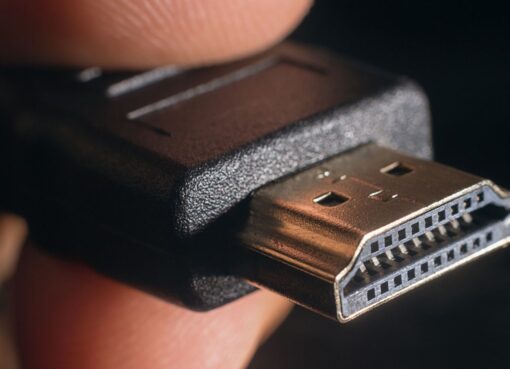The Future of Electric Car Charging

The automotive industry is on the verge of a transformative era, with electric vehicles (EVs) at the forefront of this shift towards a cleaner, more sustainable future. As a matter of fact, this evolution extends beyond the cars themselves to the very infrastructure that powers them, with the future of EV charging playing a crucial role.
In this article, we will delve into the pioneering technologies that are reshaping the landscape of EV charging. From smart charging solutions that enhance energy efficiency to the development of contactless charging options, we explore how these advancements are not only improving convenience but also contributing significantly to the global effort to combat climate change.
Smart Charging: The Backbone of EV Integration
Smart charging technology represents a sophisticated approach to managing the charging of EVs, ensuring that the process is not only efficient but also harmonious with the broader energy grid. By intelligently coordinating when and how EVs are charged, smart charging acts as the backbone of EV integration, offering numerous benefits:

- Optimises Energy Costs and Grid Demands: Adjusts charging times and rates to capitalise on lower energy prices and alleviate strain on the grid during peak periods.
- Enhances Grid Stability: Utilises advanced algorithms to balance charging across the network, preventing overloads and promoting reliable electricity supply.
- Maximises Use of Renewable Energy: Prioritises charging during times of high renewable energy generation, such as solar midday peaks, making EV charging greener.
Meanwhile, for a more efficient charging experience, consider using an electric car charging app, which can help manage your charging sessions smartly and cost-effectively.
Vehicle-to-Grid Technology: A Two-Way Street
By enabling EVs to not only consume electricity but also return it to the grid, vehicle-to-grid (V2G) technology facilitates a dynamic, two-way interaction that enhances energy efficiency and grid resilience. This innovative approach allows EV batteries to act as temporary energy storage solutions, absorbing excess renewable energy when supply surpasses demand and feeding it back to the grid during peak periods.The result is a more balanced and flexible energy system that can adapt to fluctuations in energy production and consumption, paving the way for a future where renewable energy sources play a dominant role.
Contactless Charging: Paving the Way for Convenience and Automation
As the EV market continues to grow, the demand for more innovative and user-friendly charging solutions becomes increasingly apparent. Enter contactless charging, a technology set to redefine the EV charging experience by offering an unparalleled level of convenience and automation.

This method, also known as inductive charging, eliminates the need for physical cables and plugs, allowing for a seamless transfer of power between the charging station and the vehicle.
| Feature | Benefit |
| Wireless Energy Transfer | Eliminates the necessity for physical cables, elevating user convenience. |
| Enhanced Safety | Reduces risks associated with electrical contacts, especially in adverse weather conditions. |
| Supports Autonomous Technology | Facilitates the development of fully autonomous EVs by enabling automatic charging. |
The Bottom Line
Generally, the future of EV charging is poised to transform the landscape of transportation and energy management. As we navigate towards a greener future, the evolution of EV charging infrastructure will play a critical part in reducing our carbon footprint and achieving global sustainability goals. The road ahead is electric, and the advancements in EV charging are lighting the way.



